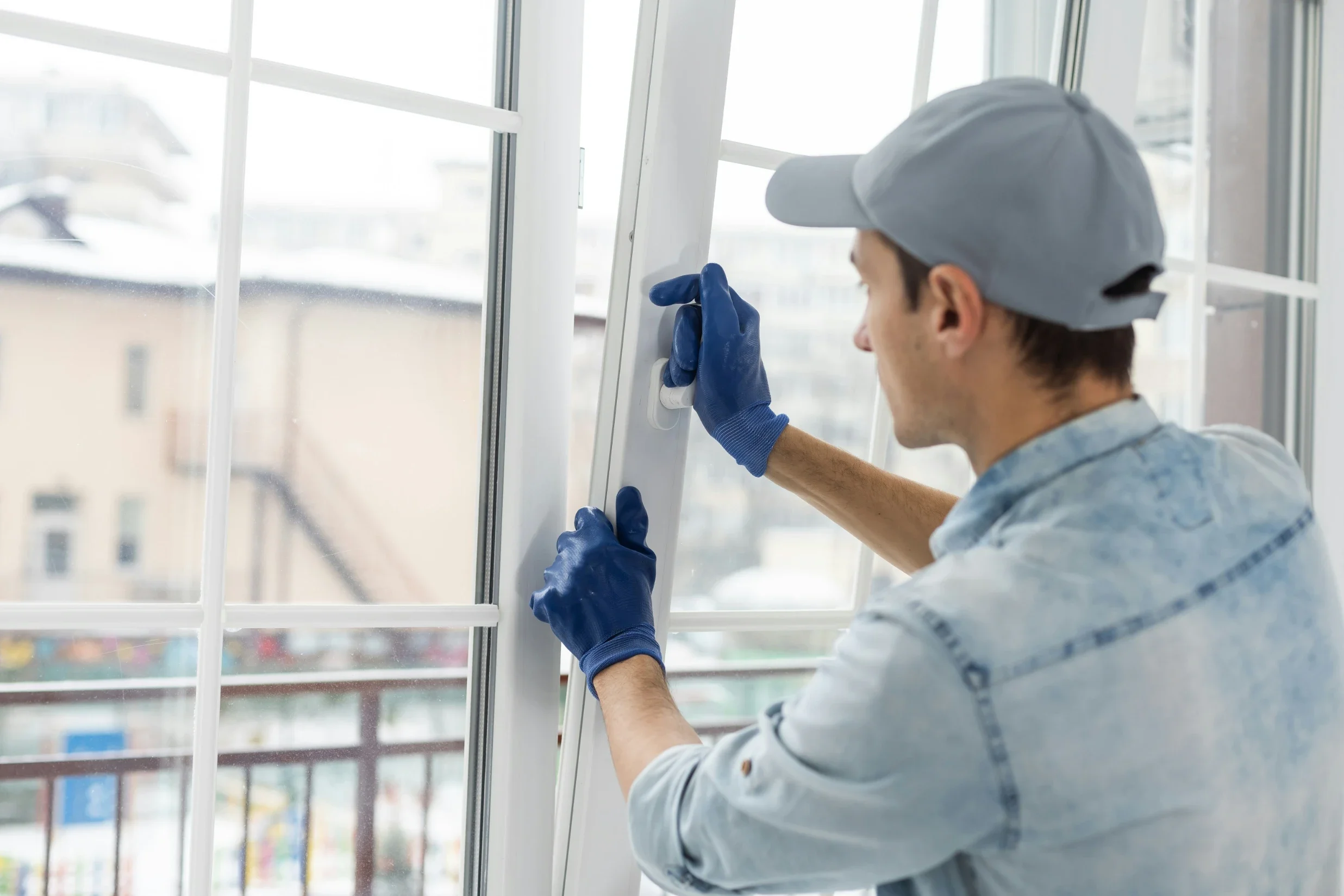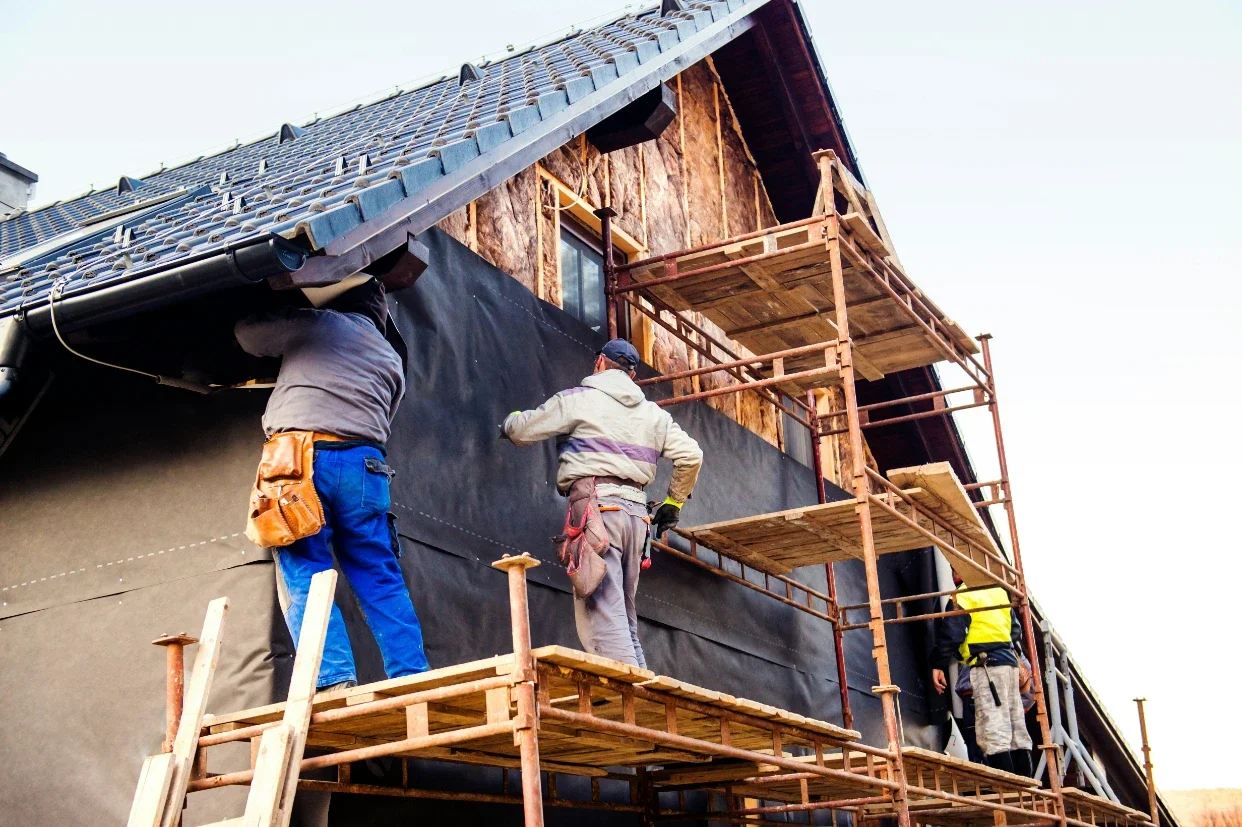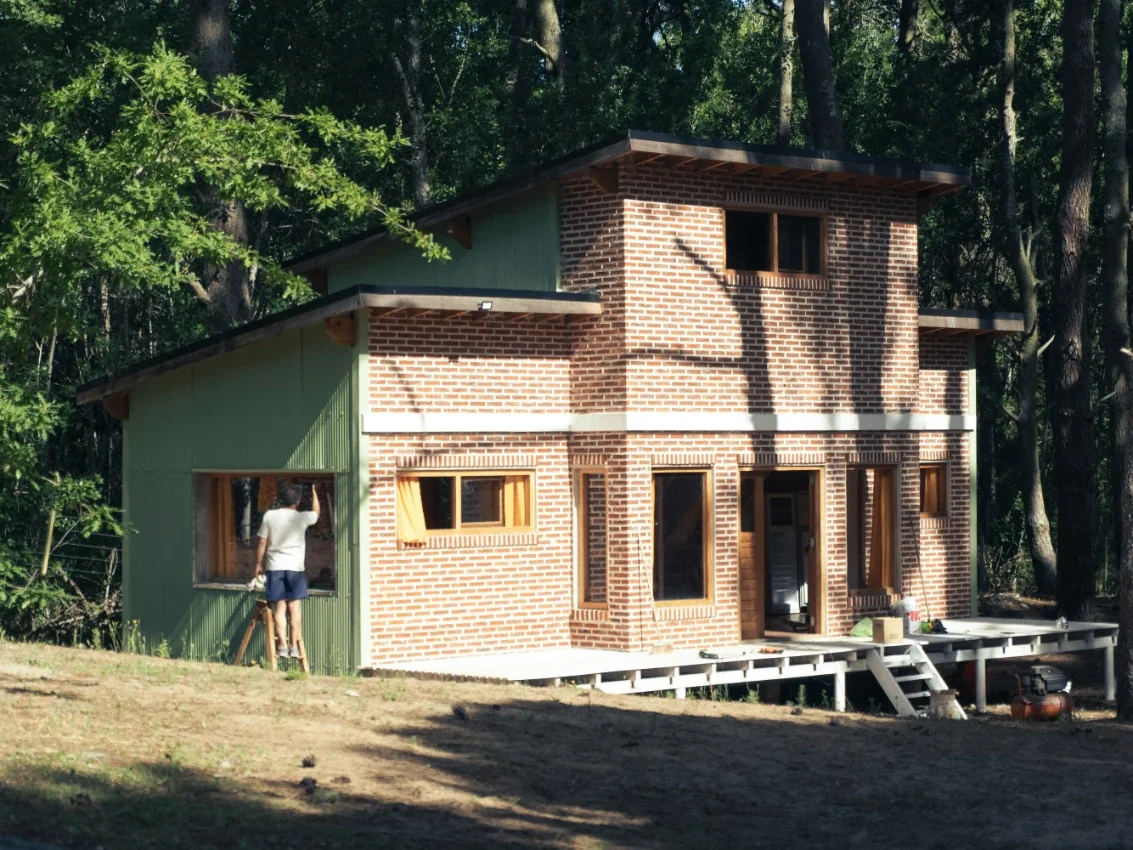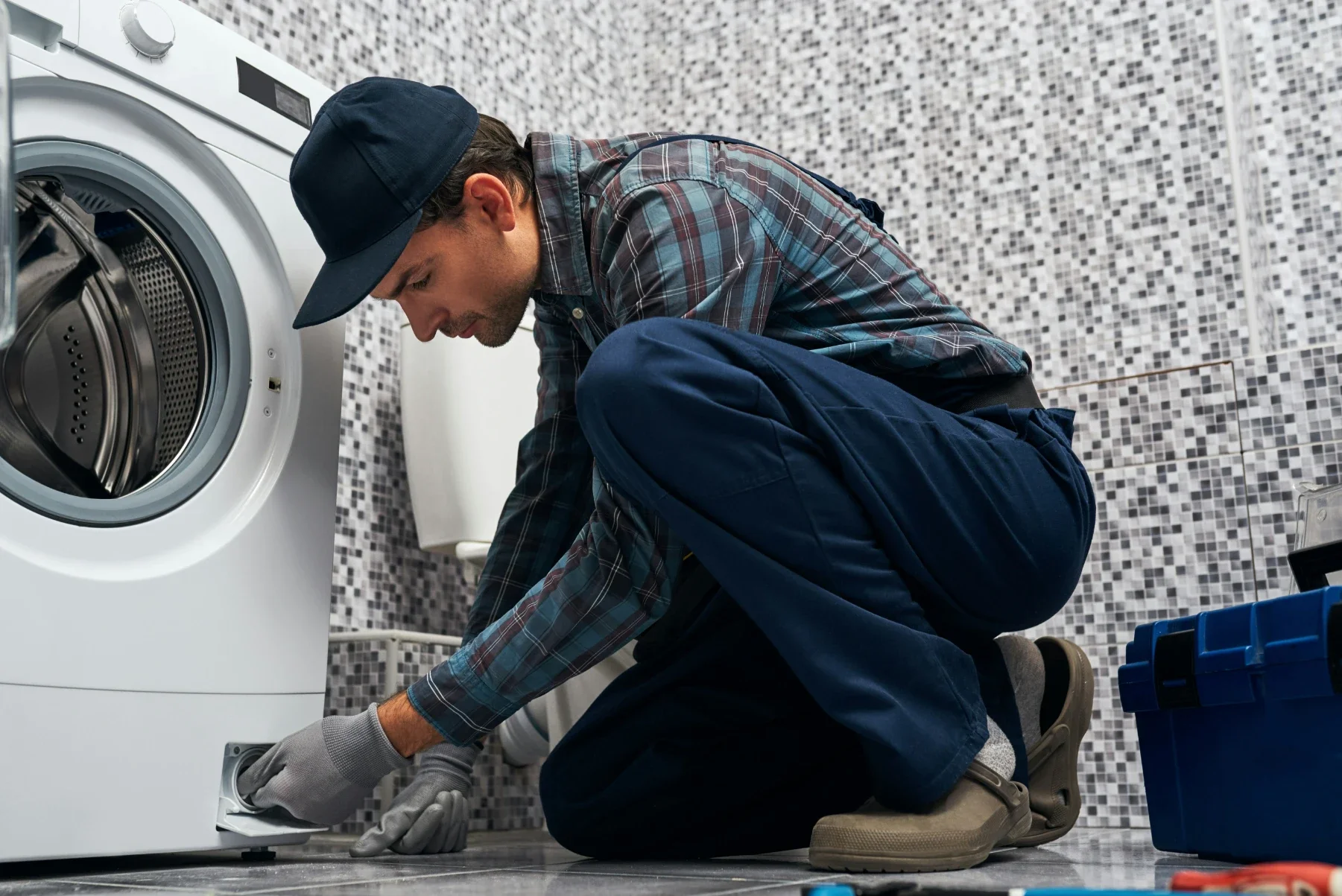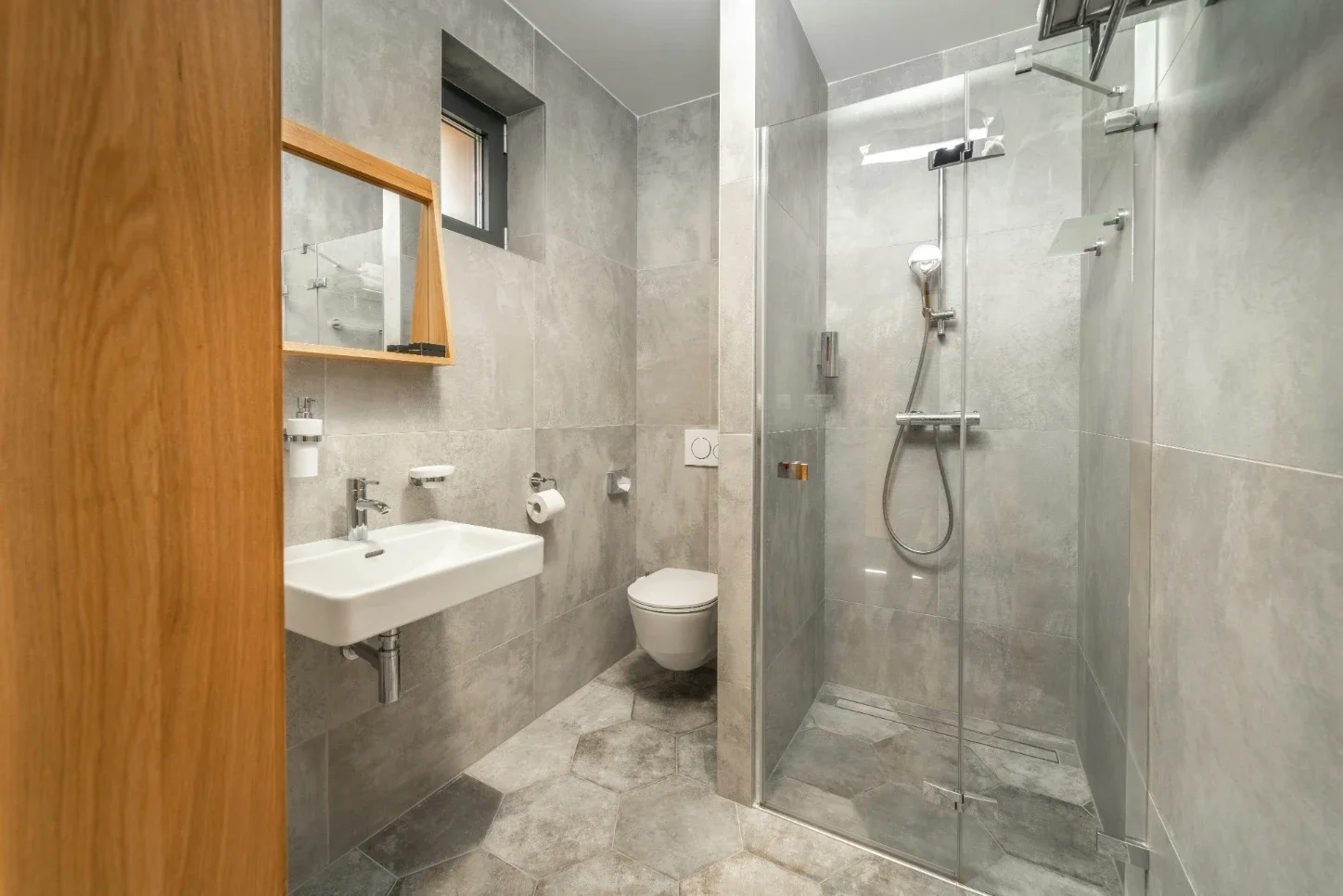DIY Subsidence Detection: How to Monitor Your Home's Foundation Health
Learn simple DIY methods to detect subsidence early and keep your home’s foundation stable. Spot warning signs before costly damage occurs.
Every DIY homeowner takes pride in maintaining their property, but some issues go beyond weekend projects. Foundation problems like subsidence can threaten your entire home's stability, making early detection crucial. Learning to spot warning signs empowers you to protect your investment and know when professional help becomes necessary.
While subsidence repairs require structural experts, DIY monitoring techniques help catch problems early and document changes over time. This hands-on approach saves money, prevents major damage, and gives you peace of mind about your home's structural health.
Building Your DIY Monitoring Toolkit
Creating a foundation monitoring kit costs less than $50 and provides years of reliable tracking. Start with a quality steel tape measure for consistent measurements, a pencil for marking reference points, and a small notebook dedicated to recording observations. Add a basic level (a 4-foot model works well) and a smartphone camera for documentation.
Glass microscope slides make excellent crack monitors. Epoxy them across any cracks you're watching, and if the glass breaks, you know movement occurred. This simple technique beats expensive electronic monitors for most homeowners. Date each slide installation with a permanent marker for accurate tracking.
A plumb bob helps check wall verticality, revealing subtle shifts that eyes miss. Hang it from upper floors and measure distances to walls at regular intervals. Changes over time indicate potential foundation movement requiring closer inspection.
Monthly photos from fixed positions create valuable visual records. Mark photo spots with tape on the floor, ensuring consistent angles each time. This photographic log proves invaluable when discussing concerns with professionals or insurance companies.
Creating Baseline Measurements
Establishing accurate baselines forms the foundation of effective monitoring. Walk your property's perimeter, marking any existing cracks with dated pencil lines at each end. Measure crack widths at three points along their length, recording everything in your monitoring notebook.
Document door and window operation systematically. Note which ones stick, require lifting to close, or show gaps when shut. Test each one monthly, recording changes. Seasonal variations are normal, but progressive worsening signals potential problems.
Use your level to check floors in multiple directions. Place it at room centers and corners, noting any slopes. While older homes often have some settling, new or worsening slopes deserve attention. Mark level positions with tape for consistent retesting.
Photograph your home's exterior from eight standard positions – each corner plus midpoints of each wall. Include enough background to show the roofline's relationship to horizontal references like fences or neighboring buildings. These wide shots reveal overall tilting that close-ups miss.
Monthly Inspection Routines
Developing consistent inspection habits catches problems early. Schedule monthly walks on the same date, ideally mid-morning when natural light highlights surface irregularities. Start outside, checking for new cracks or changes to existing ones.
Focus special attention on mortar joints between bricks. Stepped diagonal cracks following mortar lines often indicate differential settlement. Use your crack gauge or calipers to measure any suspicious areas, comparing to previous records.
Inside, repeat door and window tests systematically. Small changes accumulate over months, so detailed records matter. Note seasonal patterns – many homes show slight movement between wet and dry seasons without indicating serious problems.
Check where different building sections meet. Additions often settle differently than original structures, creating separation cracks. Monitor these junction points carefully, as they frequently show the first signs of foundation issues.
Understanding Normal vs. Concerning Changes
Learning to distinguish harmless settling from serious subsidence prevents unnecessary worry. Hairline cracks under 2mm wide rarely indicate structural problems, especially if they remain stable over several months. Many appear during the first few years as homes settle into position.
Temperature-related movement creates predictable patterns. Cracks that open in summer and close in winter typically result from normal material expansion and contraction. Document these seasonal variations to establish your home's natural rhythm.
Progressive changes demand attention. Cracks widening continuously, new cracks appearing regularly, or multiple symptoms occurring together suggest active foundation movement. When cracks exceed 5mm or show vertical displacement, professional assessment becomes essential.
Watch for symptom clusters rather than isolated issues. A sticking door alone might mean humidity changes, but combined with wall cracks and floor slopes indicates potential subsidence. Lancashire Subsidence, specialists in foundation repair across the UK, emphasize that multiple concurrent symptoms warrant immediate professional evaluation.
Advanced DIY Monitoring Techniques
Once comfortable with basic monitoring, consider advanced techniques for detailed tracking. String lines stretched between fixed points reveal wall bulging invisible to casual observation. Secure screws at wall ends, stretch mason's line between them, and measure to the wall at regular intervals.
Water level gauges provide precise floor level measurements across entire rooms. Fill clear tubing with colored water, creating a simple but accurate leveling tool. Mark water heights on walls, checking monthly for changes indicating floor movement.
Digital calipers offer precise crack measurements, especially useful for tracking small changes. Record measurements to hundredths of millimeters, creating graphs to visualize trends. Steady widening, even slowly, indicates ongoing movement requiring professional attention.
Time-lapse photography apps reveal gradual changes dramatically. Set up weekly photos from identical positions, then combine them into videos showing months of movement in seconds. This technique particularly helps visualize progressive leaning or separation between building sections.
When DIY Monitoring Indicates Professional Help
Recognizing when to call experts protects both your safety and investment. Certain signs mandate immediate professional assessment regardless of your DIY findings. Fresh cracks over 15mm wide, sudden door frame distortion, or visible wall leaning require expert evaluation.
Insurance considerations affect timing decisions. Most policies require prompt notification of potential claims, so document everything thoroughly and contact your insurer when concerns arise. Delaying can complicate claims or affect coverage.
Professional structural surveys use specialized equipment beyond DIY capabilities. Laser levels, ground-penetrating radar, and precision monitoring stations provide definitive answers about foundation stability. These tools justify their cost when significant symptoms appear.
The British Structural Waterproofing Association provides qualified contractor lists for homeowners needing expert assessment. Their members follow industry standards and carry appropriate insurance for foundation work.
Preventive Measures Every Homeowner Can Implement
While monitoring catches developing problems, prevention reduces subsidence risks significantly. Maintain consistent soil moisture around foundations by fixing leaking gutters promptly and directing downspouts away from walls. Install extensions carrying water at least 6 feet from foundations.
Tree management prevents root-related subsidence. Research mature sizes before planting, maintaining safe distances from structures. As a rule, plant trees no closer than their expected mature height. For existing trees, consider root barriers or professional pruning rather than removal.
Regular drain maintenance prevents water erosion beneath foundations. Use drain cameras annually or bi-annually to check for leaks, especially in older properties. Small root intrusions or joint separations cause significant damage if ignored.
Maintain consistent indoor temperatures year-round. Extreme temperature swings cause material movement, potentially triggering cracks. Proper insulation and steady heating reduce thermal stress on your home's structure.
Building Your Monitoring Schedule
Creating a sustainable monitoring routine ensures consistent tracking without overwhelming your schedule. Start with monthly exterior walks, quarterly detailed measurements, and annual comprehensive reviews. Adjust frequency based on your findings and property age.
Technology simplifies record keeping. Spreadsheet templates track measurements efficiently, while photo organization apps maintain visual records. Cloud storage protects your documentation, ensuring access even if local copies are lost.
Share monitoring duties with household members. Teaching family members basic inspection techniques provides backup observers and helps everyone understand home maintenance importance. Children often spot changes adults miss, making family inspections both educational and thorough.
Remember that DIY monitoring complements but never replaces professional assessments. Annual professional inspections provide expert validation of your observations and catch issues beyond amateur detection capabilities. Budget for these assessments as essential maintenance expenses.
Your home represents your biggest investment, and foundation health affects everything above it. By implementing these DIY monitoring techniques, you're taking control of your property's structural integrity. Start your monitoring program today, and enjoy the confidence that comes from truly knowing your home.

